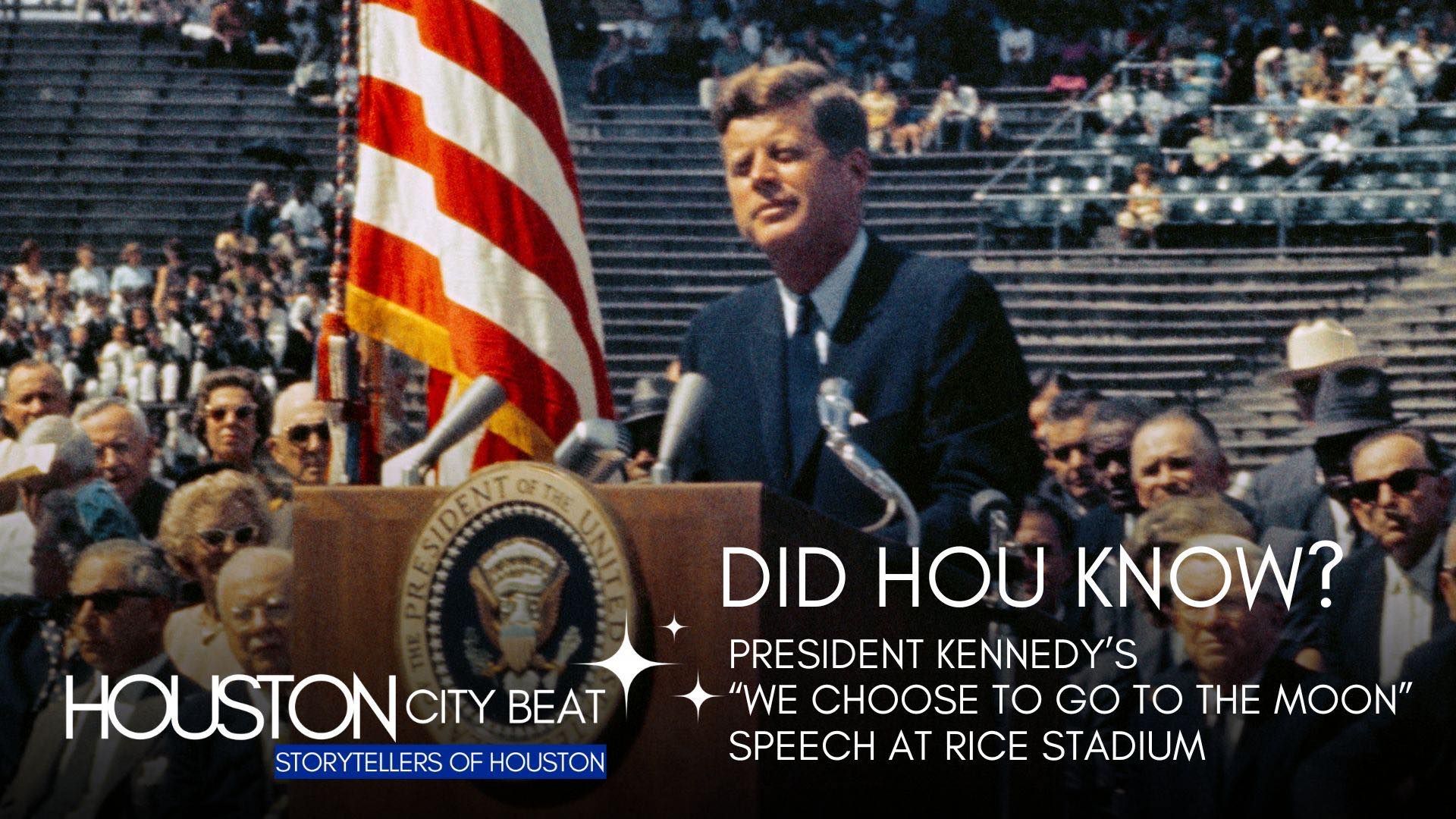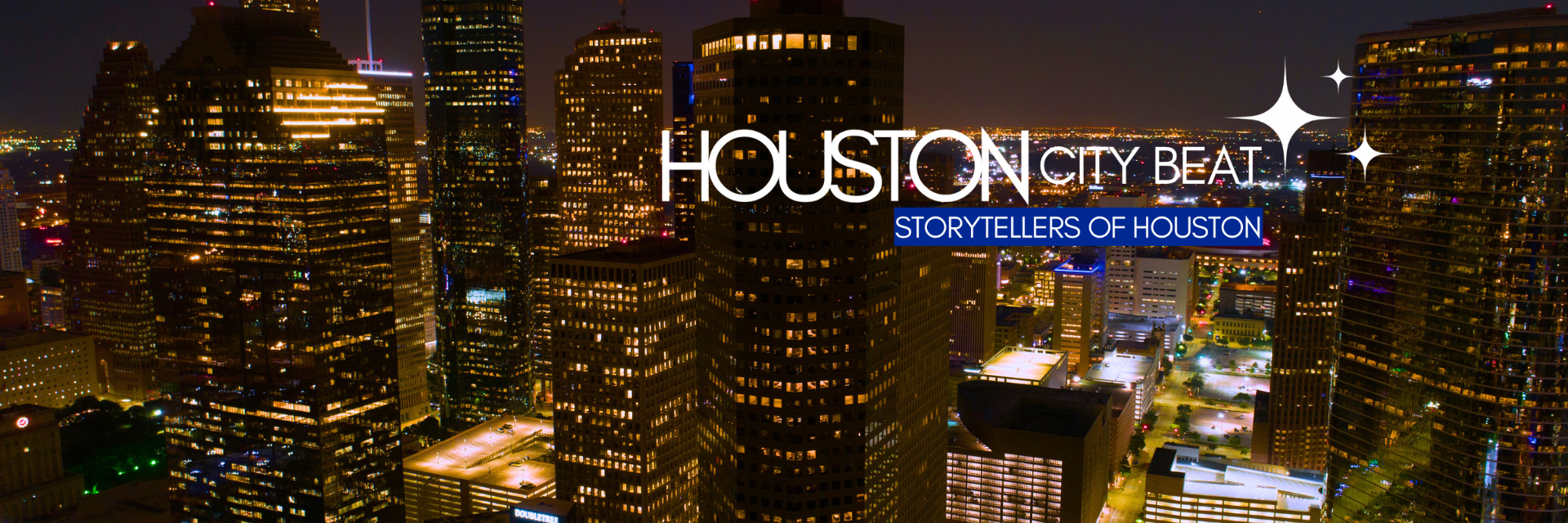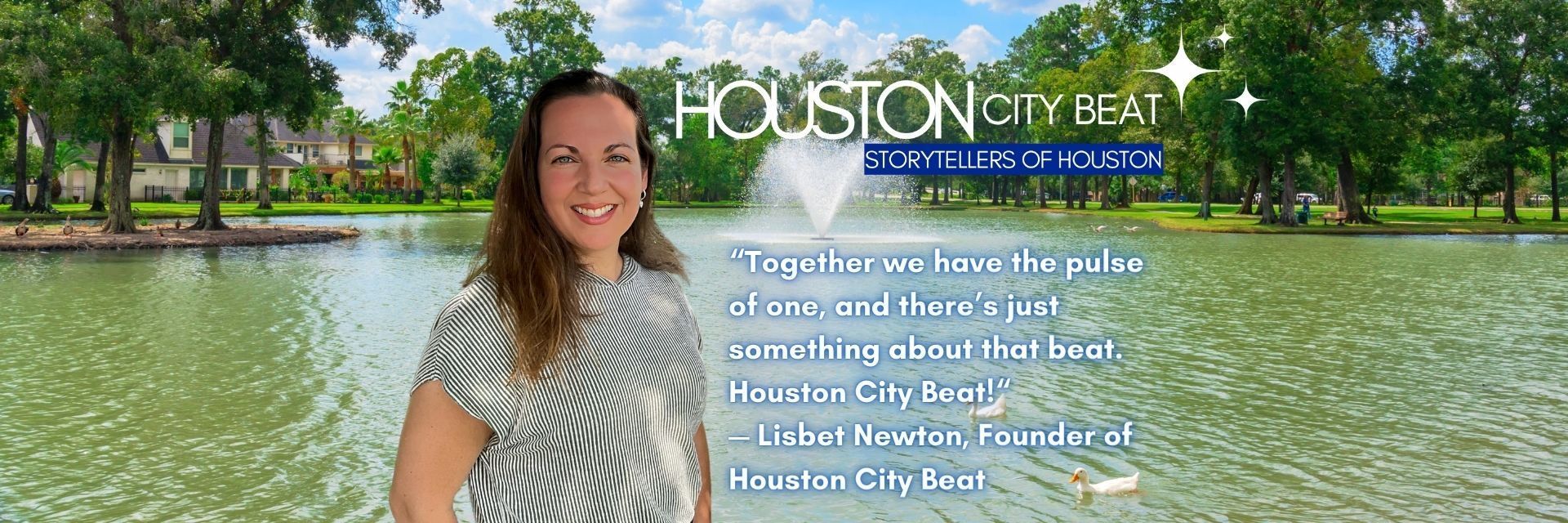Houston has been known as the Space City for decades. NASA’s Mission Control is here. Every astronaut trains here. The first word spoken from the surface of the moon was “Houston”. Millions of visitors have passed through the doors of Space Center Houston, located next to the Johnson Space Center in Clear Lake.
The United States' journey to the moon began in 1961, when President John F. Kennedy declared that America would land a man on the moon before the end of the decade. It was in Houston, at Rice Stadium, on September 12, 1962 where President Kennedy gave his famous speech to 40,000 people and inspired the Apollo program that eventually landed on the moon in 1969.
“There is no strife, no prejudice, no national conflict in outer space as yet. Its hazards are hostile to us all. Its conquest deserves the best of all mankind, and its opportunity for peaceful cooperation may never come again. But why, some say, the moon? Why choose this as our goal? And they may well ask why climb the highest mountain? Why, 35 years ago, fly the Atlantic? Why does Rice play Texas?
We choose to go to the moon. We choose to go to the moon in this decade and do the other things, not because they are easy, but because they are hard, because that goal will serve to organize and measure the best of our energies and skills, because that challenge is one that we are willing to accept, one we are unwilling to postpone, and one which we intend to win, and the others, too.”
- President John F. Kennedy at Rice Stadium in Houston, Texas
The development of the Apollo program, the spacecraft and launch vehicles designed to send astronauts to the moon, was a massive undertaking. NASA conducted multiple test flights of the Saturn V rocket, the vehicle used to launch the Apollo 11 mission, before its successful launch on July 16, 1969.
President Kennedy’s goal of landing on the moon was achieved on July 20, 1969, when Neil Armstrong became the first human to step foot on the lunar surface. The Apollo 11 mission itself was a complex endeavor, involving a lunar landing, the deployment of scientific instruments to analyze the moon's surface, and a safe return to Earth. Armstrong and Edwin "Buzz" Aldrin spent 21 hours on the moon's surface, conducting experiments and gathering samples. The success of Apollo 11 was a major milestone for the United States in the Space Race, and it showed the world the technological might of the country. The Apollo program continued until 1972, and the legacy of the space exploration program has endured ever since.
Following a 30-year Space Shuttle Program from 1981-2011, which saw the construction of the International Space Station and the exploration of low Earth orbit, NASA introduced the Artemis Program in 2017 which puts the long term focus back towards lunar exploration and a goal to “land the first woman and the first person of color on the moon”. The Artemis Program seeks to build on the Apollo Program's successes by returning humans to the Moon and laying the foundation for a sustained human presence on the lunar surface. The Artemis Program uses a similar spacecraft architecture as the Apollo Program, called the Space Launch System, featuring modern technology to make the journey to and from the Moon more efficient. Additionally, the Artemis Program will focus on enabling more sustainable exploration of the Moon and its resources, which will ultimately lead to a human mission to Mars. NASA launched Artemis I on November 16, 2022, a mission that successfully demonstrated the Orion space capsule systems in a spaceflight environment and ensure a safe re-entry, descent, splashdown, and recovery prior to the first flight with crew on Artemis II.











